
1. An interactive periodic table, such as the one found at webelements.com, provides many multi-sensory features that a traditional periodic table cannot. For instance, this particular site has an audio file that can be downloaded to provide an auditory description of each element. This feature could be useful for English language learners, special education students, students with vision problems, or those who simply retain more information when they hear it.
2. Additionally, a multitude of information is available to correspond with each element at the click of a mouse. Students do not need to find additional sources to learn about common uses, or to find pictures of the element in question. The link to more information provides space that would not otherwise be available in the small squares of a traditional periodic table.
3. This periodic table also has a feature called "go adjacent". This tool is visible when the student selects more information about a particular element (see above). The student then has a small window showing the elements directly surrounding the selected element. This makes patterns found across periods and down groups more apparent, as the elements can be viewed in sequence.
Create a visual periodic table for a given group of elements. Be sure to compile facts that elements of your group have in common. As a class, we will compile everyone's visual groups electronically and compose a complete table showing images of each element.
Sample: Group 13
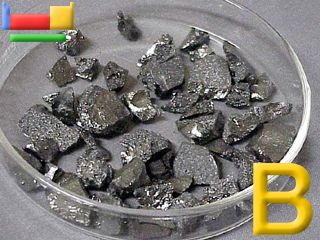 |
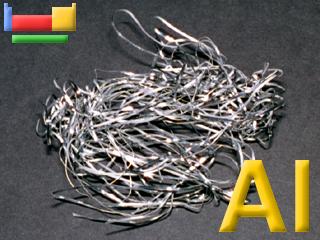 |
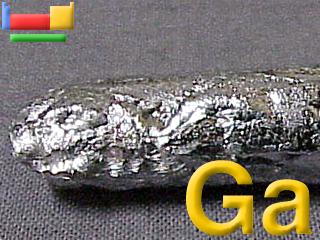 |
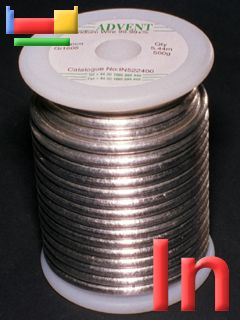 |
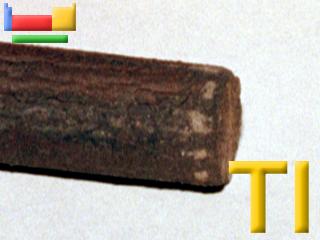 |